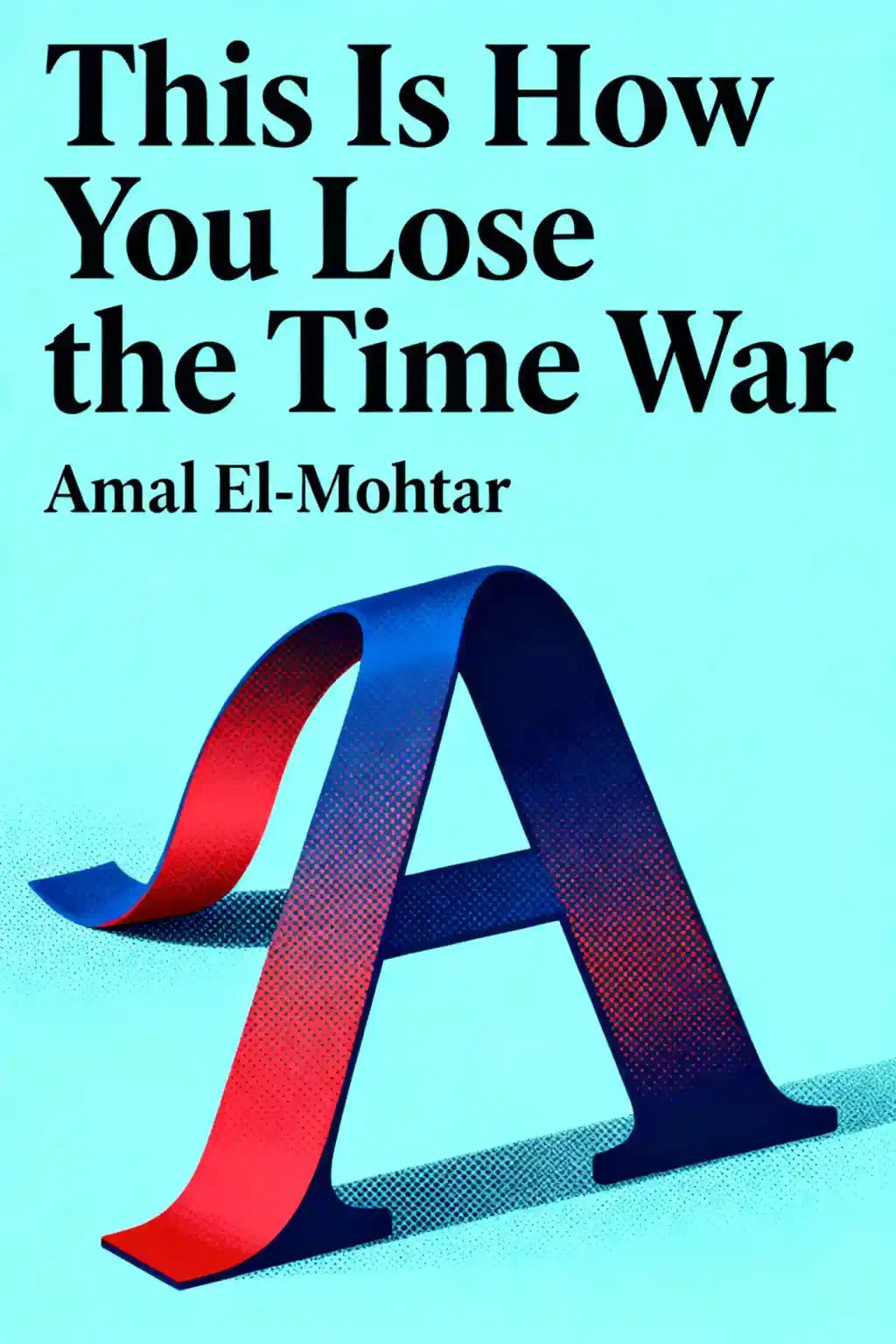What is The Zohar by Daniel C. Matt about?
The Zohar by Daniel C. Matt is a comprehensive English translation of Judaism's foundational mystical text, presenting a mystical interpretation of the Torah verse-by-verse. The Pritzker Edition reveals hidden spiritual meanings within biblical narratives, exploring divine emanations (sefirot), cosmic harmony, and humanity's role in redemption through a blend of theology, mystical psychology, anthropology, myth, and poetry. Daniel C. Matt's twelve-volume translation makes this complex Aramaic work accessible with extensive scholarly commentary and notes.
Who is Daniel C. Matt and why is his Zohar translation significant?
Daniel C. Matt is a renowned Kabbalah scholar whose Pritzker Edition represents the most complete and scholarly English translation of the Zohar available today. His work is based on reliable manuscripts and includes comprehensive commentary, glossaries, and references that clarify the text's dense symbolism. Scholars including Elie Wiesel and Moshe Idel praise Matt's translation for its poetic language, exegetical contributions, and ability to make esoteric passages accessible beyond academic circles.
Who should read The Zohar Pritzker Edition by Daniel C. Matt?
The Zohar by Daniel C. Matt is ideal for serious students of Jewish mysticism, scholars of religious studies, and spiritual seekers committed to deep textual engagement. While designed to be accessible to first-time readers with no prior Kabbalah knowledge, the work requires dedication—it's described as "not for the faint at heart." Anyone interested in Jewish thought, mystical interpretation of scripture, or the symbolic language underlying spiritual traditions will benefit from this comprehensive edition.
Is The Zohar by Daniel C. Matt worth reading?
The Zohar Pritzker Edition by Daniel C. Matt is worth reading for those seeking profound spiritual and intellectual enrichment through authentic Kabbalistic wisdom. This translation bridges ancient mystical insights with modern scholarship, offering extensive notes that comprise 75% of each volume. However, readers should expect challenging material requiring Torah knowledge alongside dedication to understand allegorical subtleties and complex symbolism. For serious students, this edition provides unparalleled access to Judaism's mystical heart.
What are the sefirot in The Zohar by Daniel C. Matt?
The sefirot in The Zohar are ten divine attributes or emanations that channel divine energy from the infinite God to the finite world. Daniel C. Matt's translation explores how these sefirot structure both the cosmos and the human soul, serving as a metaphysical map of reality. Each biblical character, place, and narrative element represents interactions between these supernal entities, creating and sustaining the manifest world through their eternally unfolding dynamics.
What is Shekhinah in The Zohar Pritzker Edition?
Shekhinah in The Zohar by Daniel C. Matt represents the Divine Presence, often depicted as the feminine aspect of God. The text extensively explores Shekhinah's union with Tif'eret (Beauty/Harmony) as symbolizing cosmic harmony, while their separation represents spiritual exile. Human actions—particularly Torah study, prayer, and mitzvot—affect this divine relationship, with practitioners working toward reuniting these separated aspects to restore divine harmony and hasten redemption.
How does The Zohar interpret the Torah differently than traditional readings?
The Zohar by Daniel C. Matt performs mystical exegesis by interpreting biblical text virtually line-by-line as allegorical representations of divine interactions. Rather than literal or legal readings, Daniel C. Matt's translation reveals how every character, place, word, and act symbolizes elements of supernal entities creating the manifest world. The text invites readers to "come and see" hidden spiritual dynamics, reinterpreting familiar narratives—like Jacob wrestling the angel or Joseph's kidnapping—as cosmic dramas affecting divine realms.
What makes the Pritzker Edition different from other Zohar translations?
Daniel C. Matt's Pritzker Edition surpasses previous translations through its superior poetic language, comprehensive scholarly apparatus, and manuscript-based critical text. Unlike the inadequate 1934 Soncino translation, Matt's work includes extensive commentary comprising 75% notes and 25% primary text, with Rabbinic and Classical parallels explaining coded language. The twelve-volume series covers the narrative sections plus additional corpus materials, making previously inaccessible mystical wisdom available to English readers with unprecedented accuracy.
What are the key concepts in The Zohar by Daniel C. Matt?
The Zohar by Daniel C. Matt centers on divine emanations (sefirot), mystical scriptural interpretation revealing hidden spiritual dimensions, and the human role in cosmic redemption. Key concepts include the relationship between Shekhinah and Tif'eret symbolizing divine union, the evil impulse and demonic forces affecting spiritual realms, and how human actions—especially Torah study and mitzvot—directly influence divine harmony. The text presents a complete mystical theology mapping eternal interactions sustaining creation.
How difficult is The Zohar Pritzker Edition to read?
The Zohar by Daniel C. Matt is challenging material requiring serious commitment—readers describe it as "very hard to read" and "not for the faint at heart." Success requires familiarity with Torah verses being commented upon, understanding of allegorical subtleties like gematria, and patience with dense mystical terminology. However, Daniel C. Matt's extensive annotations, glossaries, and commentary illuminate obscure passages, making this edition the most accessible English version available for dedicated students.
What is the relationship between The Zohar and Kabbalah?
The Zohar translated by Daniel C. Matt is Kabbalah's cornerstone text and most important work of mystical teaching. Described as "the real stuff" of authentic Kabbalah, it contains the tradition's central teachings on divine emanations, mystical psychology, and cosmic theology. While popular culture often misrepresents Kabbalah, Daniel C. Matt's scholarly translation reconnects contemporary spiritual interest with strong academic and textual foundations, revealing the genuine mystical wisdom underlying Jewish esoteric tradition.
What are common criticisms of The Zohar by Daniel C. Matt?
While Daniel C. Matt's translation receives overwhelming scholarly praise, potential criticisms include the work's demanding nature and technical complexity. Some readers find the dense mystical terminology and allegorical interpretations challenging without extensive Jewish background knowledge. The edition's scholarly apparatus—while invaluable—comprises 75% of each volume, which some may find interrupts textual flow. Additionally, at twelve volumes covering decades of publication, completing the Pritzker Edition requires significant time and financial investment for comprehensive study.














